There’s a local proverb that says that you don’t get to know a person until you’ve eaten a bag of salt together, so I’m only writing a review of this great device after 200 rides, although I’ve been very satisfied with it since the first one.
The reasons why I decided to purchase ROAM, the de facto successor to the original Wahoo ELMNT, are based on the reasons for purchasing my previous GPS cycle computer – also a Wahoo, but smaller and older BOLT. Since most of what I’ve written about BOLT directly applies to ROAM, it would be a good idea to read that article first, as I’ll be more into the differences and improvements in this article. But in short – BOLT is a very practical and stable device and the only one that met all my specific criteria at the time and successfully served me on over 300 rides and 23,000 kilometers traveled.
As with the BOLT, you can also buy the ROAM as just a device with an aero mount or as a complete package (so-called “bundle”), in which you get a strap and a heart rate sensor, gyroscopic sensors for speed and cadence, and a few other small things.
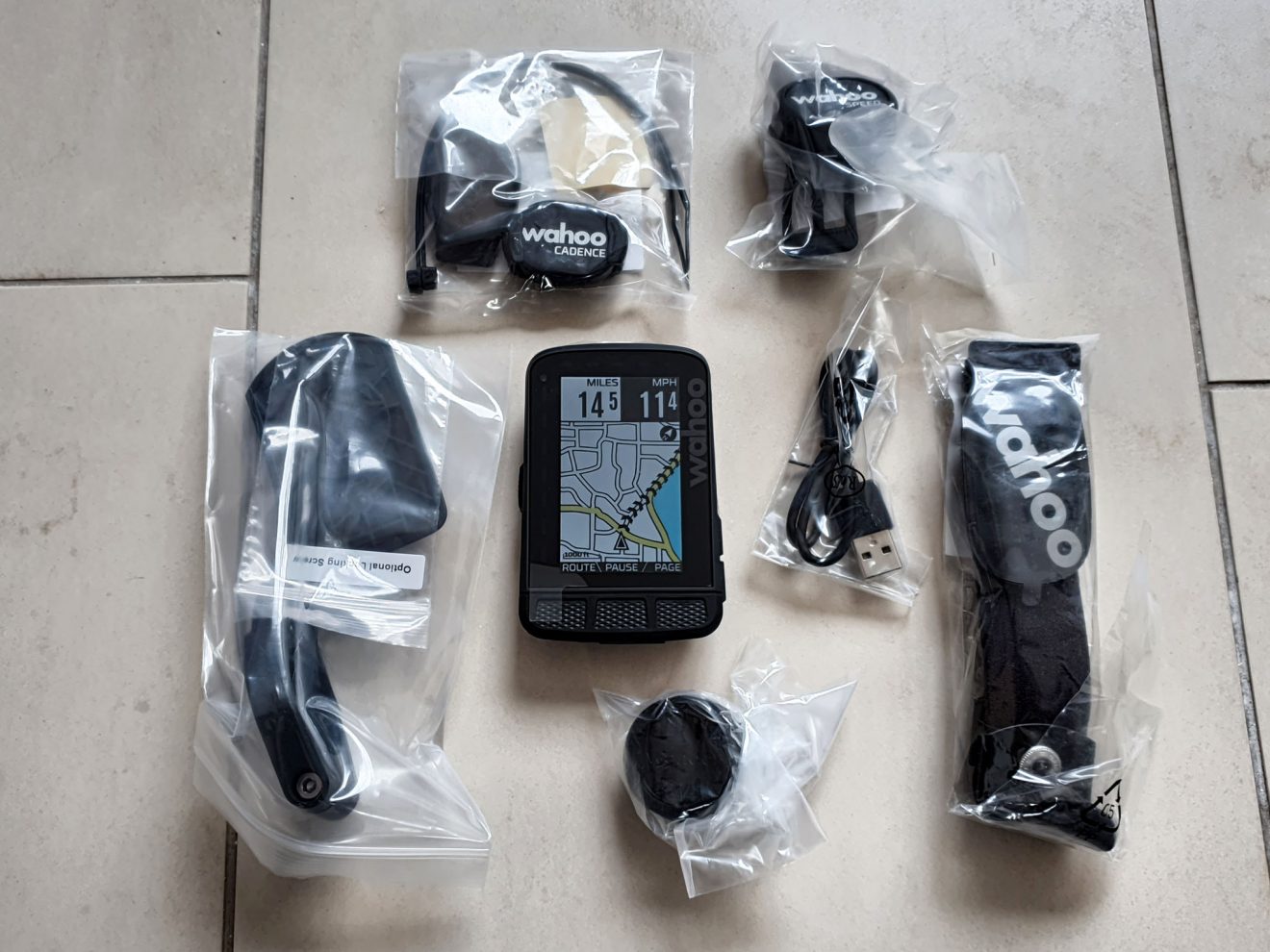
Why the replacement at all?
Great question! I myself thought about it a lot prior to the purchase, primarily because I always follow the idea “if it ain’t broke – don’t fix it”, and I always admit that I’m not someone who likes changes and adaptations either. There are numerous differences between the two devices, namely that the ROAM is larger, has a color display, has more internal memory for storage, better battery life, more advanced navigation capabilities and generally seems more serious.
The fact that it is bigger was not a priority for me, it even seemed to me like a downside. Better battery autonomy was certainly important to me, while I was indifferent to the color display, so practically the most important reason for me to purchase ROAM was that it was enriched with additional navigation options. Of course – theory and practice are different, as we will see in the rest of the review.
Love at second sight
As I said, I was initially very hesitant about getting the ROAM, but I didn’t expect the dilemma to continue after my first hands-on contact with this device, which happened indoors, not on a ride. The ROAM somehow looked a lot less attractive to me than the BOLT, while the display seemed like a step backwards from the old device at first glance – with a note that I was using it with the illumination turned on, in a dimly lit room.
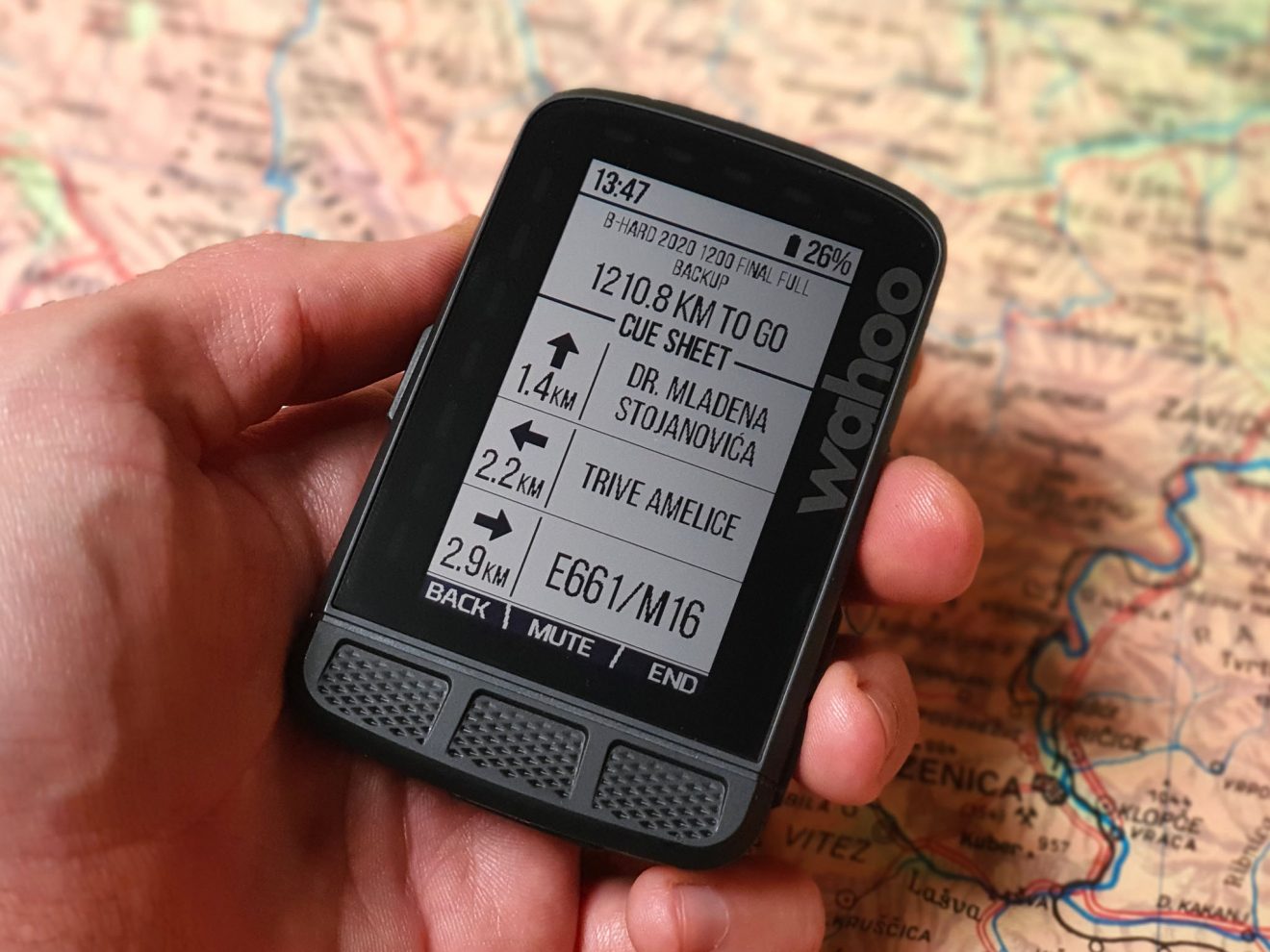
However, already during the next contact, which happened on a ride, the situation changed completely. The first noticeable difference was a much more positive fit of the device into the mount, with an obvious “click”. Then came the turning on of the device, during which the aforementioned display got a chance to show itself in the right light (literally speaking :)) and it blew me away with its sharpness and contrast! It can be said that display technology is similar to devices for reading electronic books.
The display is also physically larger and enables the display of an additional line of data, with two riding parameters – a total of 11 of them. If you need “big numbers” – by zooming the display and reducing the number of fields, you get extremely large and sharp data.
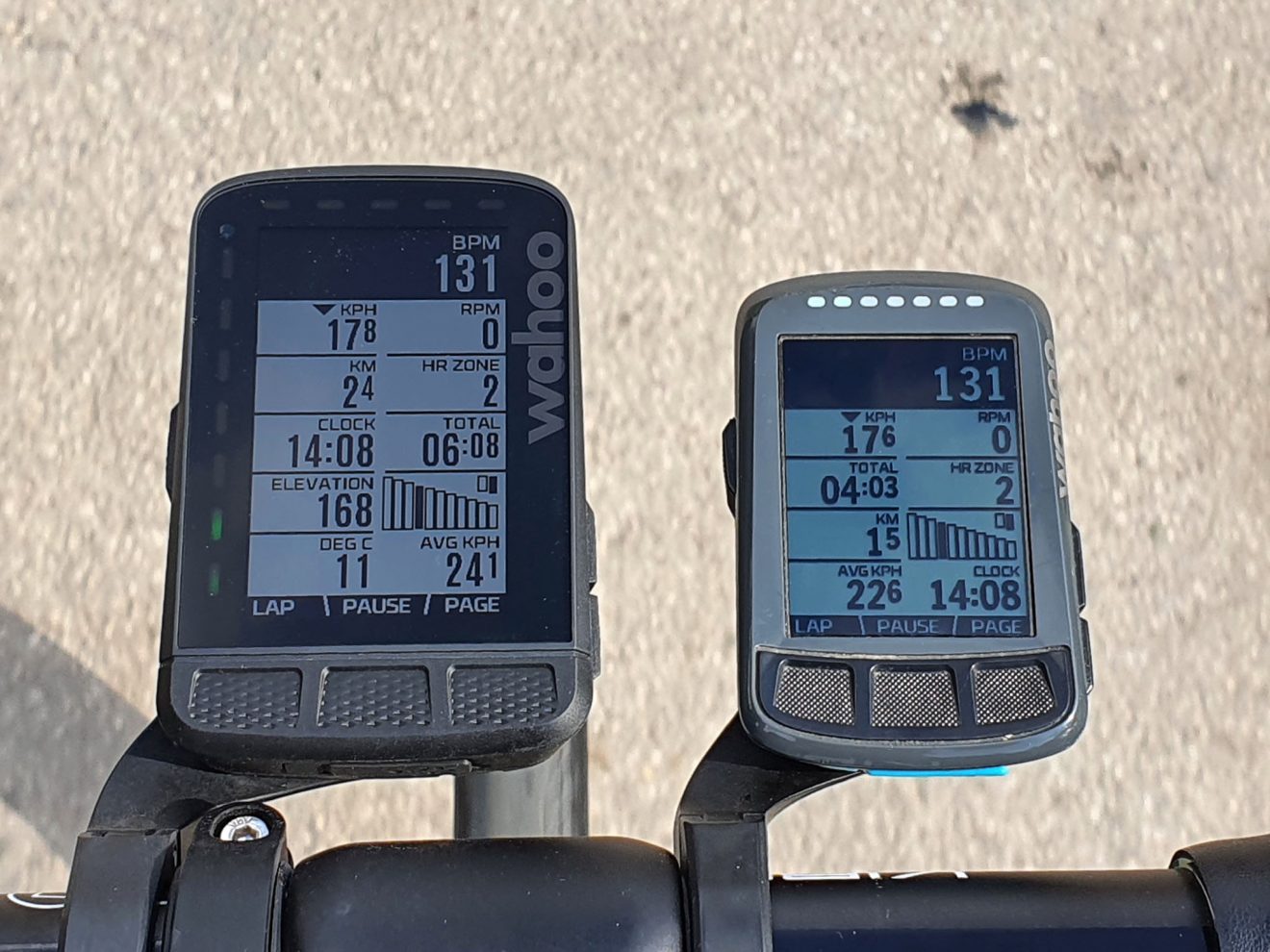
Something that is also handled completely differently compared to the monochromatic display of the BOLT is the lighting for night riding conditions. This is something that at first glance seemed like a step backwards, but in the real conditions of night riding I quickly characterized it as improvement. Also, ROAM is equipped with an automatic light sensor – if you set it that way in the settings.
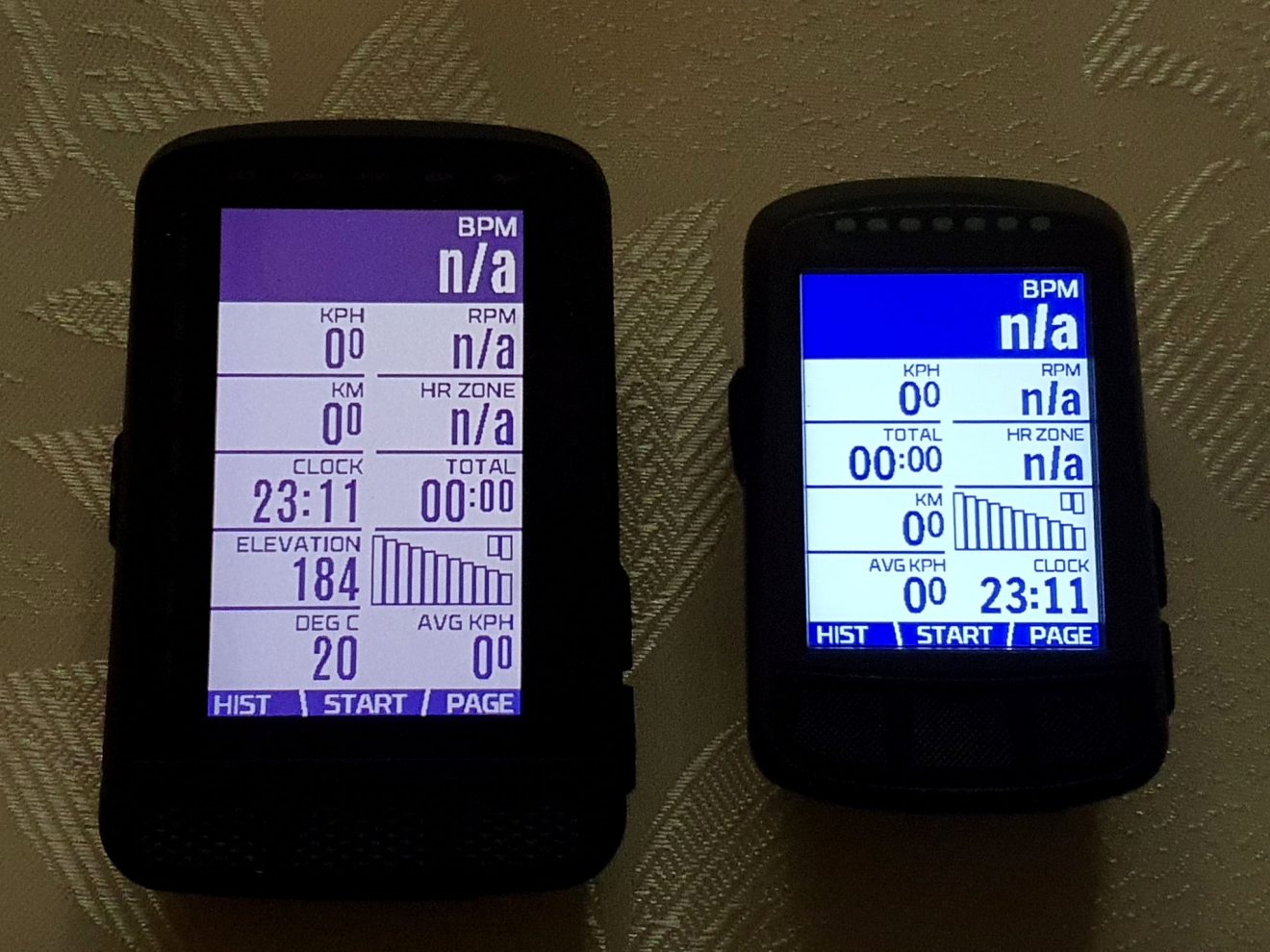
Let’s colour the world
Looking at it individually, the biggest change regarding the display is the addition of colors – supposedly as many as eight of them (no harm in a bit of sarcasm :)), although I can’t say that I managed to count that many :). However, the difference that these few colors bring as compared to the monochrome display is drastic, because it allows you to distinguish on the map what is the defined route, what is a highway, what is a railroad and what is a river – before that, the map used to be very confusing at times. With the addition of colors and a larger screen with a slightly higher resolution, navigation using a loaded GPX file is much clearer and more pleasant.
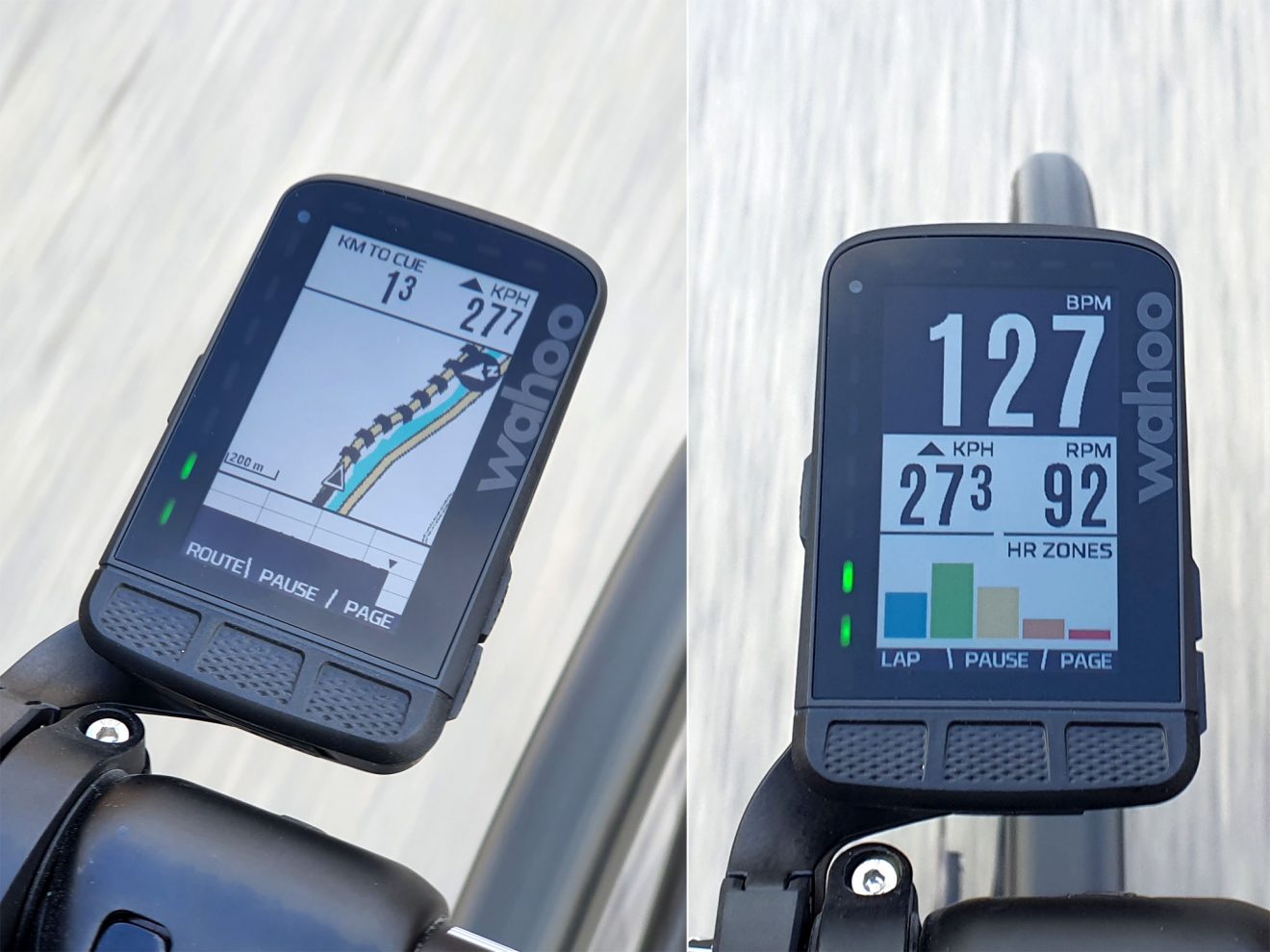
Software updates on the device happen from time to time, one could say quite often actually, and some of these updates enrich the device with new options. One such option is the gradation of the gradient of the route profile using colors, both on the numerical data and on the route profile map itself – in case you have a route loaded up.
After the photo below was taken, the software update also brought elevation and distance gradation marks for the selected segment on the route profile, on the corresponding page.
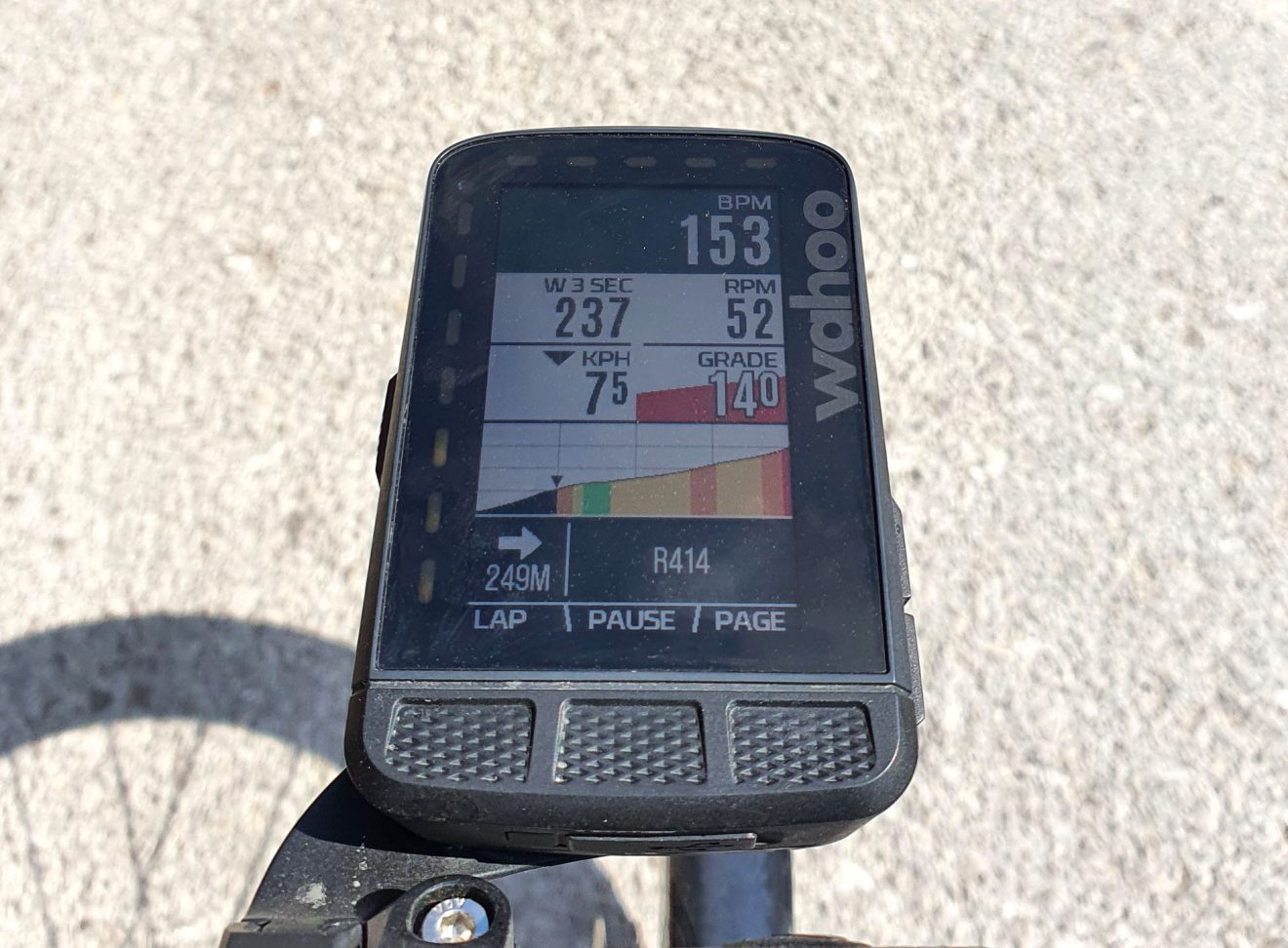
In addition to the larger display, the device is also larger in size due to the fact that it contains two sets of multifunctional LED lights. BOLT contains a row of lights at the top of the device, which you can assign to the visual display of one of the parameters, e.g. heart rate or power zones. At the same time, those LED lights are also used for the visual representation of the action you need to do at a certain intersection, in addition to the notification on the screen itself.
ROAM additionally gets a column of LED lights on the left side of the device, although the functions are now separated – the lights in the top row are used for navigation while the lights in the column are used for displaying the parameter of choice.
“Beam me up, Scotty”
I mentioned advanced navigation capabilities, which are the biggest internal difference between BOLT and ROAM. What the more advanced of these two devices enables is the ability to independently create a route using a base map – that’s without using a phone and the ELEMNT app. How important this is to you depends on the specific way of using the device – how often you explore unknown terrain, whether you always have your phone at hand, etc.
Also, ROAM allows you to move the cursor around the map, e.g. if you want to see what awaits you on the route you’re on or you want to see where you are in the wider region, while BOLT only offered the ability to zoom in or out, on your current location.
Other differences
In addition to the device itself, the ROAM “bundle” also brings a new heart rate sensor, along with an updated strap. The sensor has LED control lights on the top, while the strap is much more comfortable to wear and more accurate (less sensitive to vibrations caused by wind).
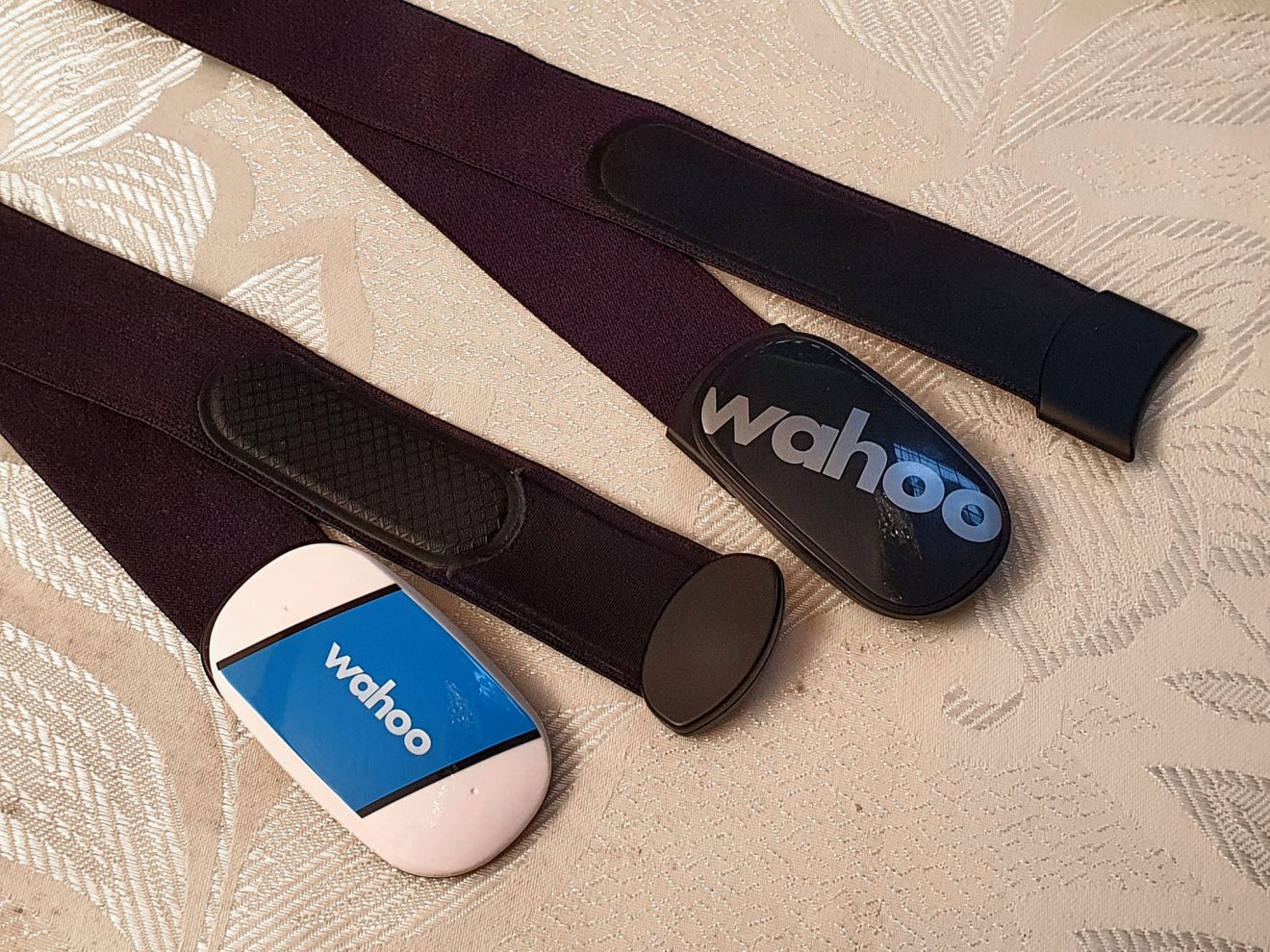
Also, the larger device has a larger battery and enables even better autonomy – about 17 hours of active use, compared to BOLT’s 13.5-14 hours. This may seem like an insignificant circumstance to you, but if you do ultradistance riding, you know that battery autonomy is very important.
What does it all look like in practice?
Well, I must say it looks great! I mentioned that I don’t like changes and adaptations, but with ROAM that was not the case. I got used to it incredibly quickly – so much so that after a couple of days BOLT seemed quite foreign to me.
As in the case of smartphones, I got used to a larger and clearer GPS device very easily and the additional 3-3.5 hours of autonomy certainly come in handy. I also noticed that the barometer is much more accurate, that is, the information about the total ascent climbed is much more accurate and consistent.
In addition, the device turned out to be much more stable than the BOLT, there were no problems with freezing, except when it got confused once near the end of a 485 km ride. Truth be told, I didn’t have a proper base map of the country I was in, so that might have been the reason.
For the completeness of the review, I will also mention some essential standard functions:
- routes from RideWithGPS are simply transferred directly to the device via the Internet and it is also possible to create and load routes with the help of the application on the phone or create them on the device itself,
- rides from the device are automatically uploaded to Strava via WiFi (or, if necessary, via a phone app) upon returning home,
- almost all settings are adjusted incredibly quickly through an excellent application on the phone,
- if the battery autonomy of about 17 hours is not enough for you, the device can be recharged during operation, via a microUSB cable,
- in addition to a series of configurable screens, there is also a special “climbing” screen available, that is, a display of the climb profile or the entire route and your current location on the profile,
- the possibility of simply zooming the screen, i.e. reducing the number of displayed parameters, from a total of 11, down to just one parameter (very useful if, for example, you are doing interval training and want to concentrate only on the two or three most important parameters),
- the device has a column of multi-colored LED lights, which are used for visual indication of the selected parameter (e.g. heart rate, power or speed), but also an additional row of lights for additional visual notification during active navigation (in addition to the sound signal, as well as instructions on the screen) about which way you should turn (or perhaps continue straight), as well as in case you left the given route,
- with a connection to the phone app, the device provides the option of live tracking, i.e. public monitoring of the location and riding parameters via the Internet,
- the device can be used to control a smart trainer and it is possible to connect a powermeter, Garmin Varia Radar and other sensors to it.

Summa summarum
I’ve already listed all the improvements over the already excellent BOLT, so there are plenty of positives, but there are also a few negatives:
- as is the case with BOLT, when the device is used with an aero mount, the charging port sits very close to the stem, so a flat angled USB connector is required to make it functional, although for ultra distances I mostly used a separate aerobar mount – mounted these or ROAMs with the classic bracket in another location (because I certainly had something else in the space in front of the pipe),
- I expected ROAM, as a newer generation device, to have a USB-C connector for charging, but this is not the case, it still uses microUSB and charging time itself does not break any speed records,
- although rarely, it sometimes happens that the device cannot upload a ride to Strava, by way of syncing the ride to the Wahoo server, so in this case it is necessary to transfer the ride to the phone app and then synchronize it through there and
- finally, something that brings us back to the first sentence of the article – after about a year and a half of use, glue under the glass of the screen began reacting to moisture – it does not affect the functionality, but it definitely does not look nice.
Overall, I’ve been very happy with ROAM so far and I’m looking forward to its successor :).

